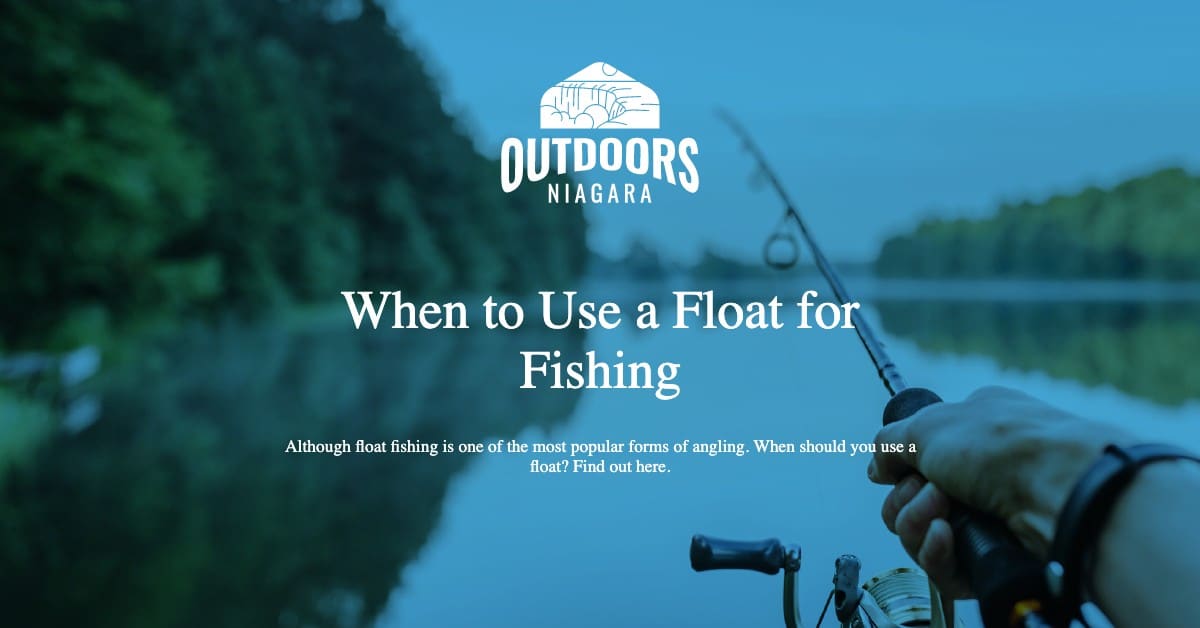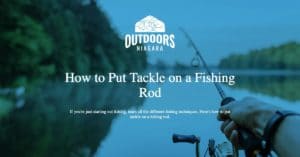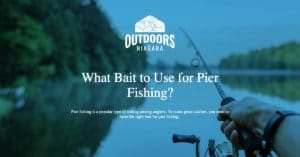When’s a Good Time to Consider Using Floats?
Using a fishing float is one of the most agreeable ways to catch a fish.
When fishing conditions require precise presentations, you can resort to float fishing to put your target fish in a live well.
Seasoned anglers know they can always use float fishing when all other fishing methods have failed them.
You can use float fishing in shallow waters and clear water conditions.
And when you do it the right way, you can successfully catch different fish types.
When fishing, the strike of your target fish may not travel all the way back to the rod as an indication.
Float fishing offers a reliable way for you to easily detect when your fish bait has been taken.
You need to get a proper float fishing setup to have a great catch on your float.
Without a proper setup, your efforts might be wasted.
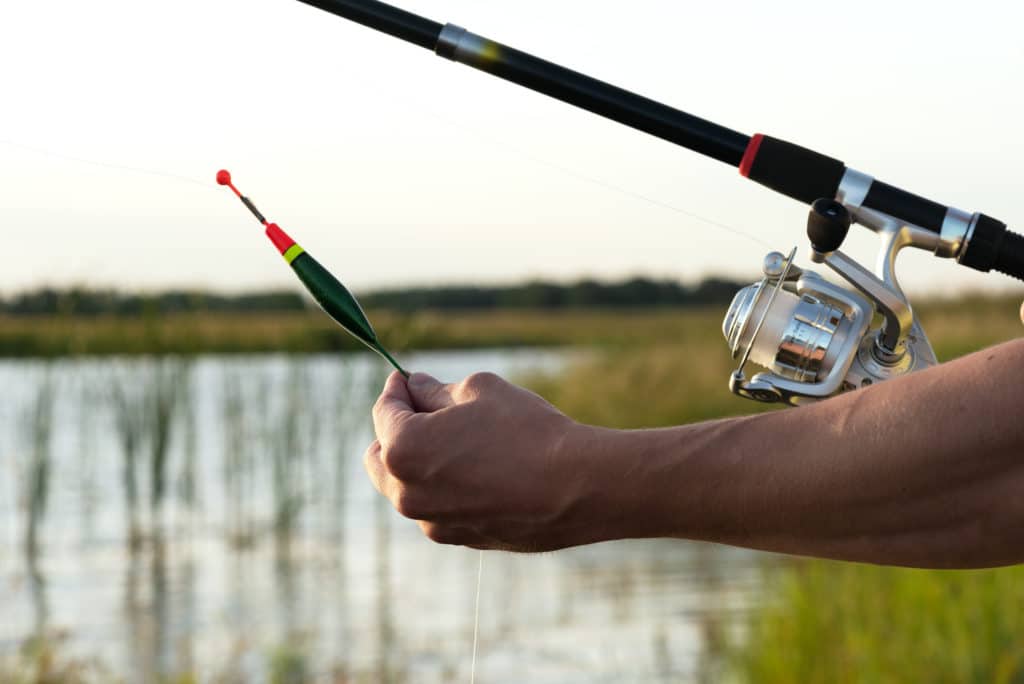
Contents
What is Float Fishing?
Float fishing is a fishing method used when a target fish prefers bait in the current or mid-water.
This is one of the methods used to catch trout, salmon, steelhead, and other fish in rivers 2 to 15 feet deep.
Generally, deep waters and harsh conditions require a bigger float.
Some anglers think all you have to do when float fishing is to cast your float and watch it go.
And these are the people who catch one or two fish when others are catching seven times that number.
Mastering float fishing will help increase the number of catches you get when trout fishing. It will also help you when fishing for steelhead and salmon.
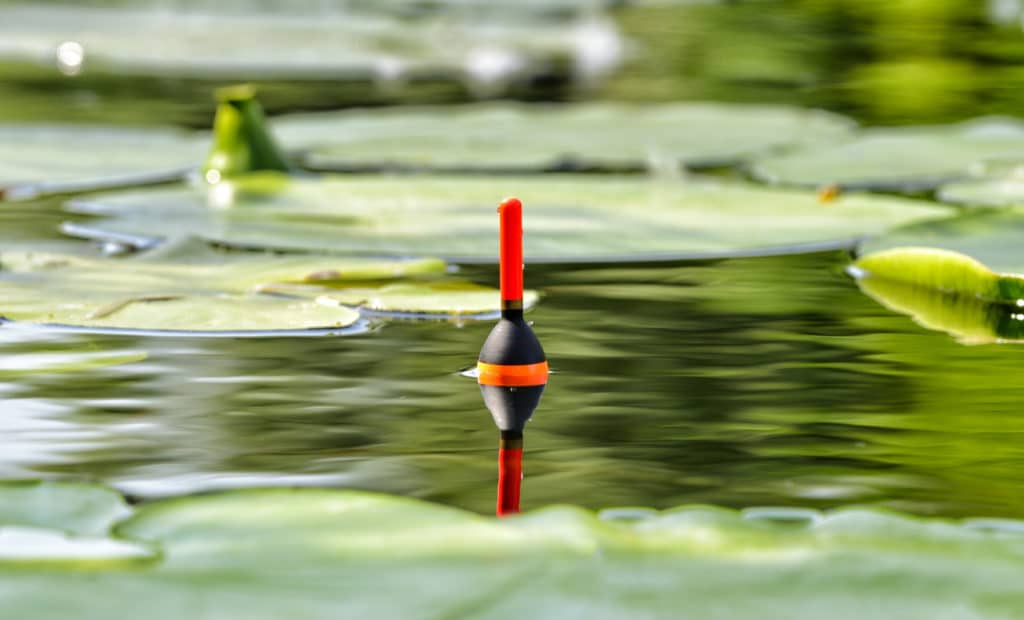
What You Need for Float Fishing
Float fishing the proper way requires a proper float fishing setup. Here are the things you’ll need:
- Long fishing rod
- Good reel
- Line suitable for float fishing
- Good fishing float (also called a bobber)
- The right fishing bait
- A proper leader setup
What are Fishing Floats Made of?
Bobbers are generally made of four lightweight materials: plastic, foam, balsa, and cork.
Other materials are used to make bobbers, but these four are the most common.
They come in different weights and shapes, depending on which area they will be used for.
Some may wonder which material is the best for floats.
However, there’s no clear-cut answer to that.
Plastic and foam are not as environmentally friendly as balsa and cork.
Many professional anglers believe balsa wood is the best material for a fishing bobber.
It has all the qualities of a good bobber; it is very light, buoyant, and easy to shape.
Benefits of Using a Fishing Float
Using a fishing float will ensure your bait and line remain suspended in the water column.
A suspended bait and line is essential for presentation and is easily detected by passing fish.
When a bait is at the bottom or surface, it only targets fish that are seeking out food.
On the other hand, a suspended bait presents passing fish with the opportunity to see and grab an easy meal.
One of the most annoying things when fishing with a sinker is hooking on to a fish and then realizing your line has become snagged and you have to cut it off.
There are often snags when bottom fishing.
This method of fishing isn’t as great as float fishing as it causes the most “line litter” in the waterway.
Leaving a fishing line in the water isn’t good as it can harm species using the waterway.
Another benefit of using bobbers is that they drift easily and only need the encouragement of a light breeze.
This means that your bait will move along with the movement of the water surface.
Such movement is good because fish find slow-moving bait more appealing.
However, the most obvious benefit of using bobbers is that you won’t have to guess if a fish has taken your bait.
A fishing float is the most simple yet effective way to tell when a fish has taken the bait.
The fishing bobber will move once a fish strikes or even bumps the bait.
With time, you will be able to tell when a fish bumps against your bait, when it is taking a quick taste test, and when it has taken the whole bait.
Float Fishing Tips
Keep it simple. To tie a float rig, all you need is a float, two beads, a drilled bullet weight, a swivel, a hook, and a piece of mono which you need to tie a stop knot.
Floats come in varying shapes and sizes, but it’s better to keep your float simple.
Go with floats that are heavy enough to give you a good casting distance but not too heavy to scare away some fish species.
Use rubber beads. Hard plastic beads habitually damage the line after using them for a while. A damaged line will often get stuck in the cracks, and to avoid this problem, you should use rubber beads.
Use a telltale shot. A telltale shot is a little weight positioned a few inches from the hook. The weight moves when a fish takes your bait and lets you know when you’ve caught a fish. Your telltale shot should be small and near the hook.
Grease the line. Greasing your line is one way to avoid it catching on rocks and ensuring it stays buoyant. You can use Vaseline or specialized products like Mucilin line grease.
Choose a suitable material for your stop knot. A great stop knot material should be elastic and have a thick diameter. This will make sure it doesn’t shift during the cast.

